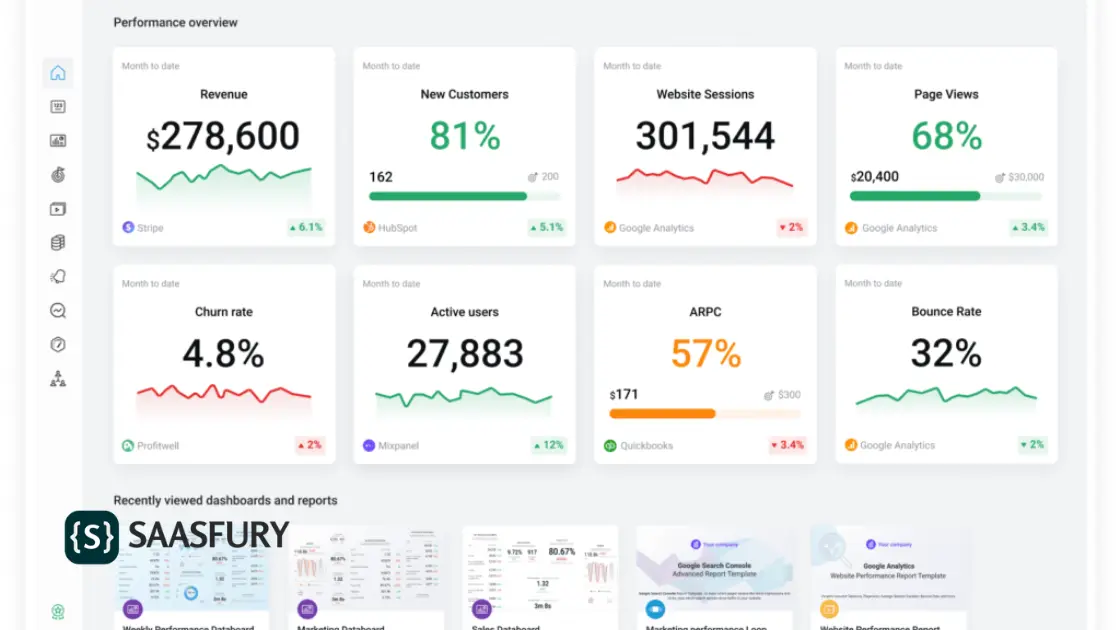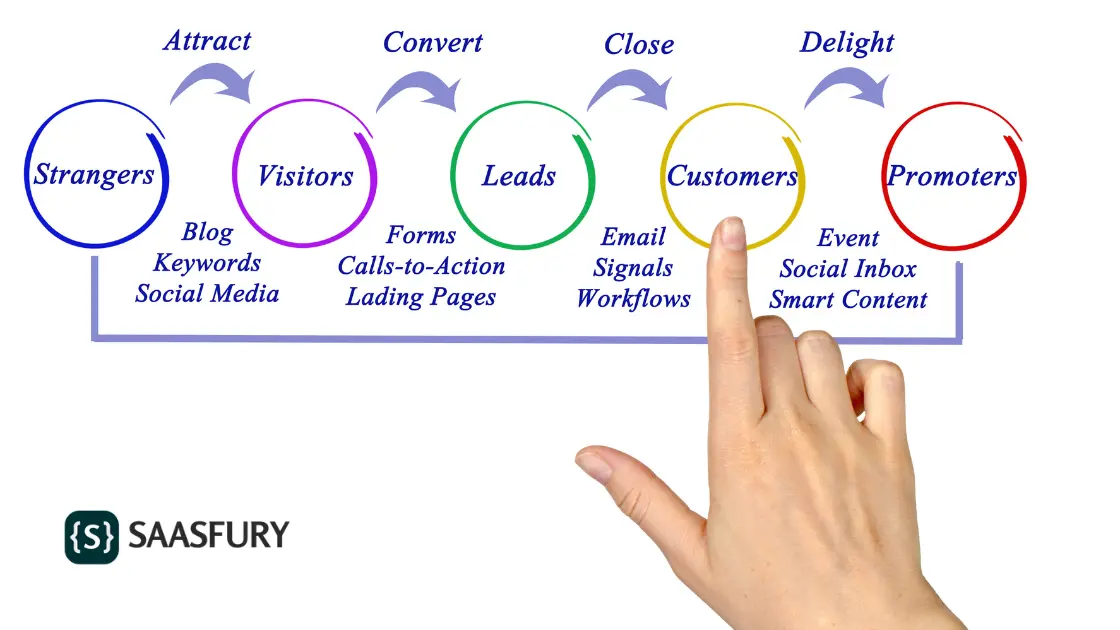Sales management tools and techniques streamline sales processes, boost productivity, and enhance team performance. They include CRM software, sales analytics, and automation tools.
Sales management tools and techniques drive revenue and achieve organizational goals. CRM software helps manage customer relationships, track leads, and automate sales tasks. Sales analytics provide insights into sales performance, enabling data-driven decision-making. Automation tools save time by handling repetitive tasks, allowing sales teams to focus on closing deals.
These tools and techniques improve efficiency and foster better communication and collaboration within sales teams. Investing in the right sales management tools can significantly impact a company’s bottom line and overall success. By leveraging these resources, businesses can optimize their sales strategies and stay competitive in the market.
Table of Contents
Introduction To Sales Management
Sales management is the process of planning, directing, and controlling a sales team. Effective sales management ensures that goals are met and performance is optimized. This section will provide an overview of the purpose, importance, and key components of sales management.

Purpose And Importance
The primary purpose of sales management is to maximize sales and revenue. It involves setting targets, developing strategies, and monitoring performance. Sales management is crucial for business growth and sustainability.
Effective sales management helps in:
- Achieving sales targets
- Improving customer satisfaction
- Enhancing team productivity
- Building strong client relationships
In summary, sales management provides direction and support to the sales team. It ensures resources are used efficiently and goals are achieved.
Key Components
Sales management has several key components that contribute to its effectiveness:
| Component | Description |
|---|---|
| Sales Planning | Involves setting sales goals and strategies. |
| Sales Training | Ensures the team has the skills to succeed. |
| Performance Monitoring | Tracks and evaluates sales activities. |
| Motivation | Keeps the sales team engaged and productive. |
| Customer Relationship Management | Maintains strong relationships with clients. |
Each component plays a vital role in the success of the sales team. Together, they ensure the team meets its goals and drives business growth.
Essential Sales Tools
Sales teams need the right tools to thrive. The right tools help track leads, analyze data, and improve performance. Using the best tools can make all the difference.
CRM Software
CRM Software is vital for managing customer relationships. It helps keep track of customer interactions. With a CRM, sales teams can store customer information in one place. This makes it easy to access and update.
Key features of CRM software include:
- Contact management
- Sales tracking
- Email integration
- Task management
A good CRM can improve customer satisfaction. It helps sales teams stay organized and efficient.
Sales Analytics
Sales Analytics tools are crucial for understanding performance. They provide insights into sales data. These insights help teams make informed decisions.
Important features of sales analytics tools include:
- Data visualization
- Performance tracking
- Predictive analytics
- Customizable reports
With sales analytics, teams can identify trends. They can also forecast future sales and adjust strategies accordingly.
| Tool | Key Features |
|---|---|
| CRM Software | Contact management, Sales tracking, Email integration, Task management |
| Sales Analytics | Data visualization, Performance tracking, Predictive analytics, Customizable reports |
Lead Generation Techniques
Generating leads is crucial for sales success. Using effective techniques ensures a steady flow of potential customers. This section covers two primary lead generation techniques: inbound marketing and outbound strategies.
Inbound Marketing
Inbound marketing attracts customers by creating valuable content. It focuses on solving problems for your audience. Here are some key methods:
- Content Marketing: Write blogs, eBooks, and guides. Share valuable information.
- SEO: Optimize your website. Use keywords to rank higher on search engines.
- Social Media: Engage with your audience on platforms like Facebook and Twitter.
- Email Marketing: Send newsletters. Keep your audience informed and engaged.
Using these methods creates trust and attracts leads naturally. It’s about providing value first.
Outbound Strategies
Outbound strategies involve reaching out to potential customers directly. This can be more proactive than inbound marketing. Key outbound techniques include:
- Cold Calling: Call potential clients. Introduce your product or service.
- Email Outreach: Send personalized emails. Address the recipient’s needs.
- Paid Advertising: Use Google Ads or social media ads. Target specific audiences.
- Direct Mail: Send brochures or flyers. Provide detailed information about your offerings.
These strategies help you reach a wider audience quickly. They require a more direct approach to generate leads.
Sales Pipeline Management
Managing a sales pipeline is essential for any business. It helps track prospects and close deals efficiently. A well-managed pipeline can significantly boost sales performance.
Stages Of A Sales Pipeline
A sales pipeline typically consists of several stages. Understanding these stages is crucial for effective management.
| Stage | Description |
|---|---|
| Lead Generation | Identifying potential customers. |
| Qualification | Determining if leads are worth pursuing. |
| Proposal | Presenting a solution to the customer’s problem. |
| Negotiation | Discussing terms and conditions. |
| Closing | Finalizing the deal. |
Optimizing Pipeline Efficiency
Optimizing your sales pipeline can lead to better results. Here are some tips for improving efficiency:
- Automate repetitive tasks using sales management tools.
- Analyze data to identify bottlenecks.
- Train your sales team regularly.
- Set clear goals for each stage.
- Maintain consistent follow-ups with leads.
Automation can save time and reduce errors. Sales management tools can automate tasks like email follow-ups and data entry.
Data analysis is key. Identify where leads drop off and address issues. This can help you improve conversion rates.
Regular training keeps your team sharp. It ensures they are up-to-date with the latest sales techniques.
Setting clear goals helps keep the pipeline moving. Each stage should have measurable targets.
Consistent follow-ups are crucial. They keep leads engaged and show that you care about their needs.
Performance Metrics
Performance metrics are essential in sales management. They help track progress and identify areas for improvement. These metrics provide a clear picture of sales team performance.
Key Performance Indicators
Key Performance Indicators (KPIs) are crucial metrics. They measure success against specific goals. Here are some important KPIs:
- Sales Growth: Measures the increase in sales over a period.
- Customer Acquisition Cost: Tracks the cost of acquiring a new customer.
- Customer Lifetime Value: Estimates the total revenue a customer generates.
- Conversion Rate: Percentage of leads that turn into sales.
Tracking And Reporting
Tracking and reporting are vital for effective sales management. They provide insights into performance trends. Here are some ways to track and report metrics:
- CRM Systems: Use Customer Relationship Management (CRM) tools to track interactions.
- Sales Dashboards: Visualize data with sales dashboards for quick insights.
- Regular Reports: Generate daily, weekly, or monthly reports to monitor progress.
Consider using tables to organize your tracking:
| Metric | Target | Actual | Variance |
|---|---|---|---|
| Sales Growth | 10% | 8% | -2% |
| Conversion Rate | 25% | 20% | -5% |
Regular tracking ensures you stay on top of sales performance. It helps identify areas needing attention and improvement.
Sales Forecasting Methods
Sales forecasting is crucial for any business aiming to grow. Accurate sales forecasts guide resource allocation, set achievable targets, and boost team performance. Different methods can be used to predict future sales, each with its advantages.
Quantitative Techniques
Quantitative techniques rely on historical data and mathematical models. These methods provide objective and measurable forecasts. Here are some popular quantitative techniques:
- Time Series Analysis: This method uses past sales data to predict future sales. It works well for businesses with stable sales patterns.
- Regression Analysis: This technique explores the relationship between sales and other variables like advertising spend or market conditions.
- Moving Averages: This simple method smooths out fluctuations in data, making trends easier to spot.
| Technique | Best For | Drawbacks |
|---|---|---|
| Time Series Analysis | Stable sales patterns | Not suitable for new products |
| Regression Analysis | Complex relationships | Requires statistical knowledge |
| Moving Averages | Smoothing data | Ignores seasonal effects |
Qualitative Approaches
Qualitative approaches use expert opinions and market insights. These methods are useful when historical data is scarce or not applicable. Here are some common qualitative approaches:
- Delphi Method: This technique gathers forecasts from a panel of experts. Responses are anonymized and aggregated to form a consensus.
- Market Research: This approach involves surveys and focus groups. It captures consumer sentiment and market trends.
- Sales Force Composite: Sales teams provide their estimates. These are then combined to create a forecast.
| Approach | Best For | Drawbacks |
|---|---|---|
| Delphi Method | Complex decisions | Time-consuming |
| Market Research | New products | Costly |
| Sales Force Composite | Team input | Can be biased |
Combining both quantitative and qualitative methods often yields the most reliable forecasts.
Team Management
Effective team management is crucial in sales. It ensures that all team members work towards common goals. With the right tools and techniques, sales managers can improve team performance and achieve better results. Below are some key aspects of team management in sales.
Recruitment And Training
Recruiting the right talent is the first step. Use online job boards, social media, and recruitment agencies. Look for candidates with strong communication and negotiation skills.
Once hired, training is vital. Offer comprehensive onboarding programs. Include product knowledge, sales techniques, and company policies. Continuous training keeps the team updated with market trends and new tools. Utilize e-learning platforms, workshops, and role-playing exercises.
| Recruitment Strategies | Training Methods |
|---|---|
| Online Job Boards | E-Learning Platforms |
| Social Media | Workshops |
| Recruitment Agencies | Role-Playing Exercises |
Motivation And Incentives
Motivating your sales team is essential for success. Recognize achievements and reward hard work. Use a mix of monetary and non-monetary incentives.
- Monetary Incentives: Bonuses, commissions, and salary hikes.
- Non-Monetary Incentives: Awards, certificates, and public recognition.
Create a positive work environment. Encourage teamwork and healthy competition. Organize team-building activities and regular feedback sessions. This keeps the team motivated and focused on their goals.
Customer Relationship Management
Customer Relationship Management (CRM) is a tool for managing interactions with current and potential customers. It helps sales teams stay organized. CRM systems store data about customers. This data includes contact details and purchase history. They also track interactions like emails and calls.
Using CRM tools, sales teams can understand customer needs better. This helps in building lasting relationships. CRM systems also help in identifying sales opportunities. This can lead to increased revenue.
Building Strong Relationships
Building strong relationships with customers is key. A CRM system helps sales teams stay in touch with customers. It sends reminders for follow-ups and important dates. Personalization is crucial in building strong relationships. CRM tools help in personalizing interactions.
- Send personalized emails
- Track customer preferences
- Offer tailored solutions
Personalized communication makes customers feel valued. This strengthens the bond between the customer and the company.
Retention Strategies
Retention is about keeping existing customers happy. Happy customers are loyal. They also refer others. CRM tools help in understanding customer behavior. This helps in creating effective retention strategies.
| Strategy | Description |
|---|---|
| Regular Follow-ups | Keep in touch with customers to show you care. |
| Exclusive Offers | Offer special deals to loyal customers. |
| Feedback Surveys | Ask for feedback to improve services. |
Implementing these strategies can improve customer retention. A CRM system makes it easier to track and analyze customer feedback. This data helps in enhancing the customer experience.
Future Trends In Sales Management
Sales management is evolving rapidly. New technologies and techniques are transforming the way businesses operate. Keeping up with these trends is crucial for success.
Ai And Automation
AI and automation are changing sales management. Artificial Intelligence helps predict customer behaviors. It can identify sales opportunities faster. Automation reduces manual tasks, saving time and resources. Sales teams can focus on building relationships. AI-powered chatbots provide instant customer support. They can handle multiple queries simultaneously. This enhances the customer experience.
Data-driven Decision Making
Data-driven decision-making is now essential. Sales managers use data analytics to make informed choices. They can identify trends and patterns in sales data. This helps in strategizing and targeting the right customers. Data visualization tools present complex data simply. They make it easier to understand sales metrics. Predictive analytics forecast future sales trends. This allows proactive decision-making.
| Tool | Benefit |
|---|---|
| CRM Software | Streamlines customer interactions |
| Sales Analytics | Provides insights into sales data |
| Chatbots | Enhances customer support |
- AI predicts customer behaviors
- Automation saves time
- Data analytics identify sales trends
- Visualization tools simplify metrics
Embracing these trends can boost sales performance. Stay ahead by adopting AI and data-driven strategies. This ensures sustainable growth and competitive advantage.
Conclusion
Choosing the right sales management tools and techniques is crucial for business success. These tools streamline processes, boost productivity, and enhance customer satisfaction. Implementing effective techniques can drive sales growth and improve team performance. Stay updated with the latest trends to keep your sales strategy competitive and efficient.










Leave a Comment